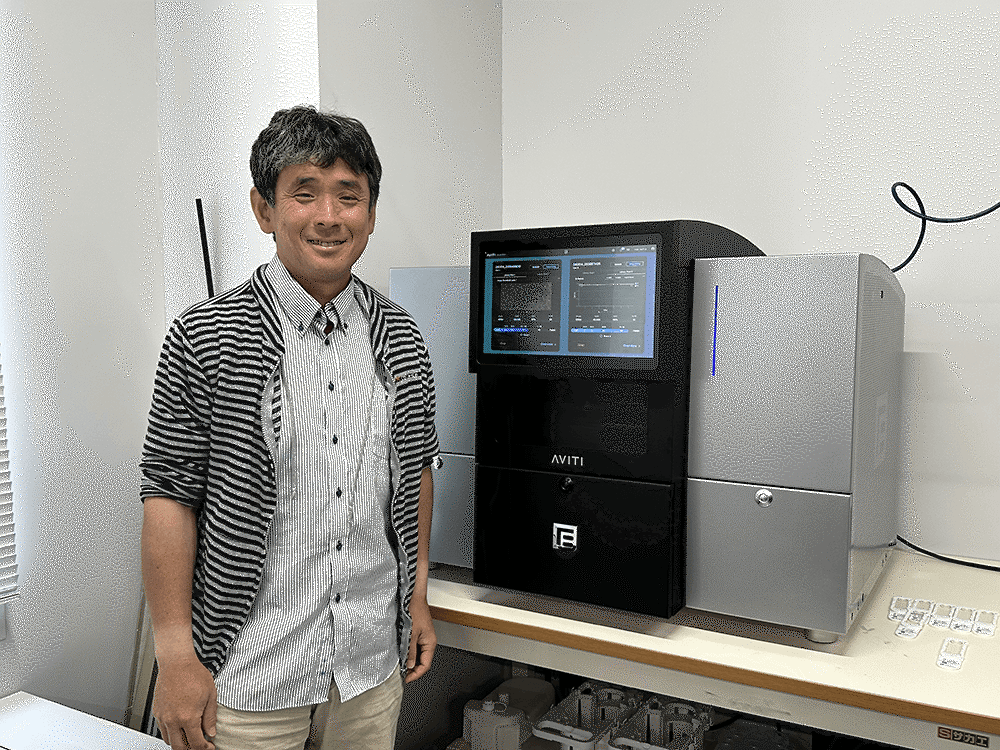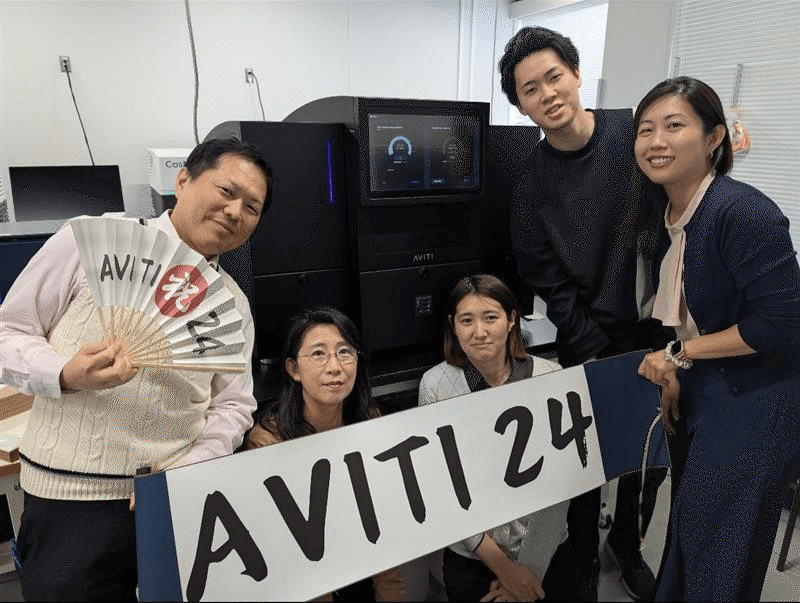During the recent High Dimensional Biology Symposium in Taiwan, Dr. Yutaka Suzuki of the University of Tokyo delivered a featured talk on his latest research in cancer genomics. We took the opportunity to sit down with him for a separate, in-depth interview to learn more about how his experience using our high-precision sequencing and spatial technologies is accelerating his work. From identifying ultra-rare mutations to pioneering single-cell and spatial multiomics, Dr. Suzuki shared how the AVITI™ family—including the multiomics-capable AVITI24™—is helping to uncover new insights into cancer biology.
Detecting what others miss
“When we first looked at the Q50 data,” Dr. Suzuki recalled, “I was really amazed.”
Using Cloudbreak UltraQ™ high-fidelity sequencing capabilities, his team was able to detect extremely rare mutations—those present in less than 0.1% of cellular populations. This level of sensitivity is essential in identifying minor cancerous mutations and conditions like clonal hematopoiesis of indeterminate potential (CHIP) in otherwise healthy individuals.
“Precise sequencing at this level wasn’t possible with other platforms,” he emphasized. “It’s indispensable for the kind of cancer research we’re doing.”
From hypothesis to mechanism: The power of AVITI24™
Dr. Suzuki, a pioneer of spatial analysis, described how his team has revealed remarkable diversity of gene expression in cancer samples—even within a single specimen. But understanding why those differences existed required more.
“That’s where AVITI24 came in,” he said. “Now we can perform drug perturbation and gene knockout analysis. Without that kind of validation analysis, we were generating hypotheses. With AVITI24, we can start uncovering mechanisms behind the expression diversity.”
 |  |
Multiomics for a new era of cancer therapeutics
We asked Dr. Suzuki how spatial, single cell technologies were transforming the development of cancer therapeutics. He noted the need to think about cancer drug development from a new perspective. Currently, molecular-targeting drugs targeting driver mutations, like tyrosine kinase inhibitors, are reaching a plateau.
Spatial and single cell multiomics offer a new path forward. Multiomics analysis is a powerful tool to identify potential targets that control aberrant gene expression, “if we can find a way to rectify those aberrant transcriptome programs, there may be other ways to think about the treatment of cancer cells—beyond just targeting known mutations.”
Looking ahead, Dr. Suzuki is particularly excited about the new direct in sample sequencing capabilities on AVITI24, particularly the potential to reveal splicing patterns and immune cell interactions through TCR/BCR sequencing.
A collaborative partnership
Dr. Suzuki was candid about the initial skepticism he and his team felt. “We were concerned about the performance of Element because they were new to us,” he admitted.
But the transition was smooth, thanks to Element’s dedicated support. “They answered every question—no matter how basic—and even traveled from the U.S. to Japan for support and we successfully collected not only whole genome data, but also RNA, single cell, and ATAC sequencing.”
Dr. Suzuki concluded: “We couldn’t be more thankful for their dedicated support.”
A message to fellow researchers
“Don’t be too conservative,” Dr. Suzuki urged. “The sequencing platforms many of us are used to were designed for large-scale sequencing centers. But today’s research is more diverse and complex, and the applications are expanding widely. If we think about the multifaceted use of a sequencer for spatial analysis and high quality sequencing, the AVITI24 is a powerful solution.”
Dr. Suzuki’s journey illustrates how spatial, single-cell technologies and collaborative partnerships can push the boundaries of cancer research. From detecting rare mutations to decoding spatial complexity, platforms like AVITI24 are enabling scientists to move from observation to action—and from hypothesis to understanding.